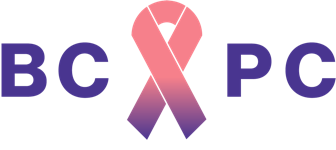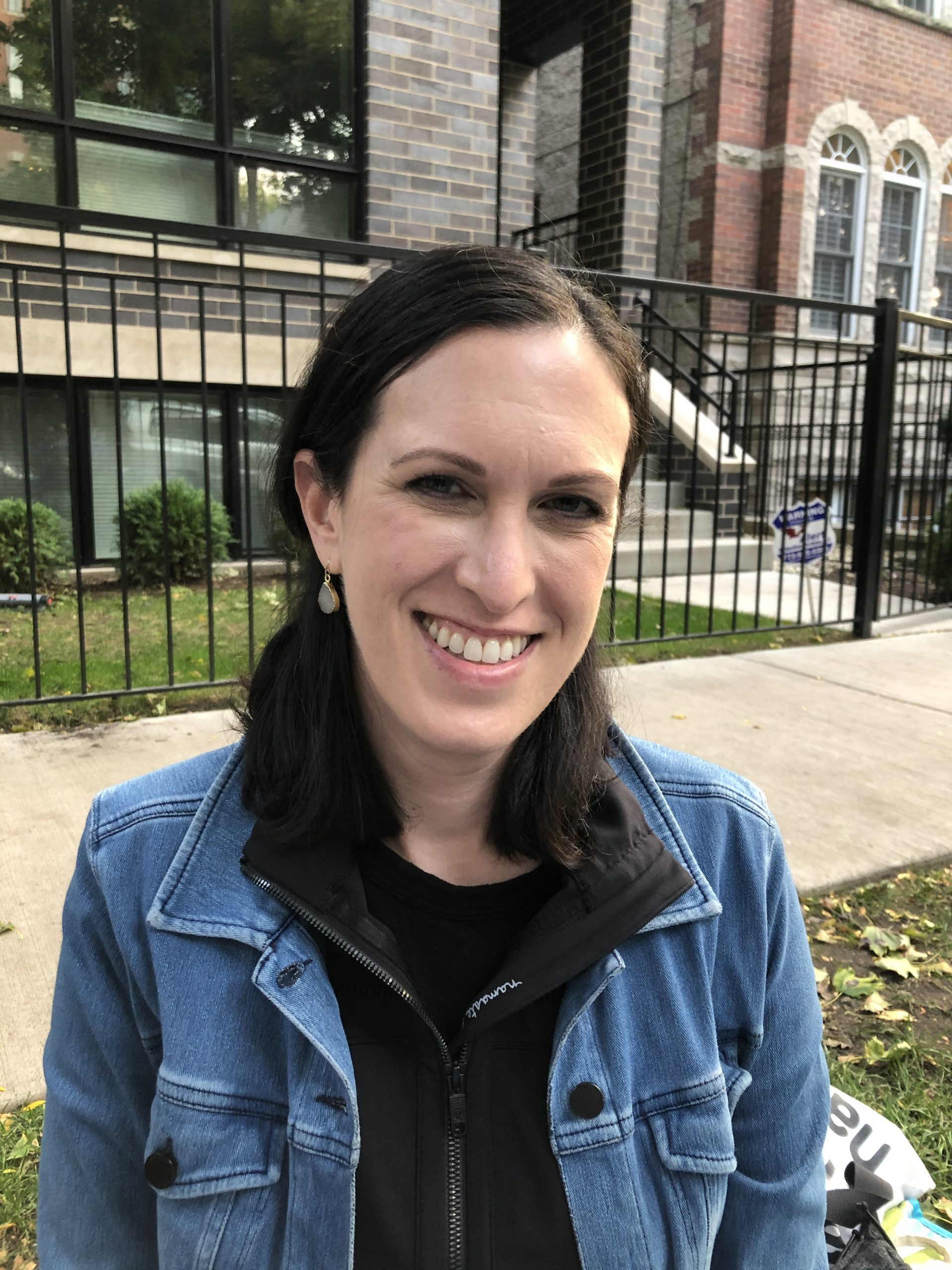When most people think of getting a cancer diagnosis, they think of everything coming to a screeching halt. If you have cancer, it will consume your life. If you have cancer, nothing will ever be the same. If you have cancer, especially breast cancer, you will never look or feel like yourself again.
Cancer is life-changing, but it does not have to be all-consuming. And breast cancer will change your body, but it can’t take your identity. Mardi K., diagnosed with breast cancer at age 37, has proven this.
Treatment Is Not Your Whole Life, Only Part of It
Mardi loves to travel, and in December 2017, she was preparing for a trip to Morocco. She had scheduled a doctor appointment to get a preventive prescription before leaving the country. It was the night before her appointment that Mardi found a lump in her right breast—great timing for a not-so-great discovery.
When Mardi went in for her physical, she also asked her doctor to check the lump. After taking a look, the doctor told Mardi that she hoped it was nothing, but that it should definitely be checked out, and she ordered a mammogram and ultrasound.
Mardi wasn’t able to get an appointment until ten days later, which was a Friday. Her mom asked if Mardi wanted her to come along, but Mardi thought that even if the tests showed anything, the doctor wouldn’t give a diagnosis that same day. So, Mardi went to her appointment alone. After her mammogram and ultrasound, the doctor examined the images. He told Mardi that it looked like she had breast cancer. Mardi’s reaction was:
“Oh, shit. That’s big. I was in tears and I couldn’t believe this was my life. Also, I’m leaving for Morocco in a week.”
The doctor couldn’t confirm that it was cancer until she had a biopsy, which Mardi would get later that day. After the biopsy, she had to wait until after the weekend for her official diagnosis. She says:
“I was at work, feeling like I wanted to throw up, waiting all day for this terrible news to come.”
On Monday afternoon she got the call. Mardi had invasive ductal carcinoma, the most common type of breast cancer.
The news was terrible, but Mardi was determined to face the cancer head-on. She made her appointments, but made them after her trip to Morocco. She didn’t stop everything for cancer, nor did she ignore it. It was a life-changing diagnosis. But if breast cancer was going to change her life, it was going to be on Mardi’s terms.
Body Positivity Before Treatment
Even before Mardi knew the specifics of her breast cancer diagnosis, or what her treatment would look like, her mind immediately went to the possibility of having a double mastectomy. She says:
“My boobs were important to me. And I liked how they looked. I loved my boobs. They were also a really important part of my sex life. So the idea of them being gone was really scary.”
But as much as Mardi liked her breasts and as scary as it was, she knew that if she had to, she would get the surgery. Her health was the most important thing.
When she returned from her trip to Morocco, the first step was to come up with a treatment plan. Because it didn’t look like the cancer had spread to her lymph nodes, Mardi’s breast surgeon recommended she start with surgery, with chemotherapy to follow. The official recommendation was a lumpectomy, not a mastectomy. However, a mastectomy wasn’t off the table. In Mardi’s case, it was up to her to decide whether to move forward with a lumpectomy or opt for a bilateral mastectomy. Mardi chose the latter.
After speaking to her care team, Mardi learned that the chances of the cancer returning were slightly lower with a mastectomy compared to a lumpectomy. The odds of Mardi’s cancer coming back, or of her getting a new cancer, were low regardless of which surgery she chose. But, for Mardi, even a slight statistical difference was reason enough.
It wasn’t an easy decision, but it was the right choice for her.
Before her surgery, Mardi’s sister gave her an idea that would turn into an amazing experience. Her sister told Mardi that she should get professional photos taken. Mardi loved the idea, and came across boudoir photography as an option to capture the type of photos she was hoping to take. She looked for photographers and booked a session when she found the right fit. She says:
“It was a really great experience. And the pictures are really meaningful to have now. I think that, before my body changed, taking the time to do something like that, something that will allow me to have that before visual, is really important.”
The photos would allow Mardi to remember her body before it changed. But more importantly, the photos would allow her to feel powerful in her body, a power that would carry her through her treatment. Now, she can look back on those pictures and remember not only how she looked, but also how she felt at one of the most challenging times of her life.
To see some of Mardi’s boudoir photos , click here.
Body Positivity During and After Treatment
After taking the photos, getting the flu (which pushed back her surgery date), and going on a trip to Florida with her boyfriend, Mardi began her treatment with a bilateral mastectomy with reconstruction.
She wasn’t able to keep her right nipple because the cancer was too close to it. The first plastic surgeon Mardi saw for a consultation suggested that she also remove the left one because that way, her breasts would look more symmetrical. But the second plastic surgeon Mardi saw for a consultation had a different perspective. He encouraged Mardi to keep her left nipple, a natural part of herself. She knew that second doctor was the right fit for her. The first plastic surgeon was focused purely on the aesthetics, but it was more important to Mardi that she keep as much of herself as she could. And, of course, if she ever decided she didn’t like the difference in her nipples, she could always get her left one removed in the future.
She did later end up having an additional surgery to focus on cosmetic changes as part of her reconstruction, but she remains happy with her decision to spare her left nipple, and is considering a 3D nipple tattoo on the right.
After her mastectomy, Mardi found out that the cancer had spread to her lymph nodes, which meant she would definitely need chemotherapy and radiation. Starting chemo would present another challenge to her body image—losing her hair. Mardi says:
“Losing my hair was a big trauma and something I was really worried about. I bought a really expensive wig that I never wore. I ended up wearing headscarves.”
Again, it wasn’t about aesthetics. It was about maintaining her confidence and feeling like herself. For Mardi, a wig wasn’t right for her, but it was right for someone else.
Though Mardi rarely wore the wig herself, she passed it on to another patient who she met through the Young Survival Coalition. The wig, endearingly named Meredith, has since been passed on a second time and continued to help others maintain a positive body image during their treatment.
Mardi ended her active treatment with radiation and a reconstruction surgery. Today, she takes multiple medications to hopefully prevent cancer’s return, and remains cancer-free – still traveling when she can, and staying busy with her career. Cancer put Mardi through an experience she never imagined herself going through. It changed her life, but ultimately it made her stronger.
To read more about her journey and how she’s doing today, you can read Mardi’s blog.
To learn about more patients like Mardi and their stories, join BCPC. We’d love to get connected and encourage you to share your own story. Your story is someone else’s support. Join the conversation!



